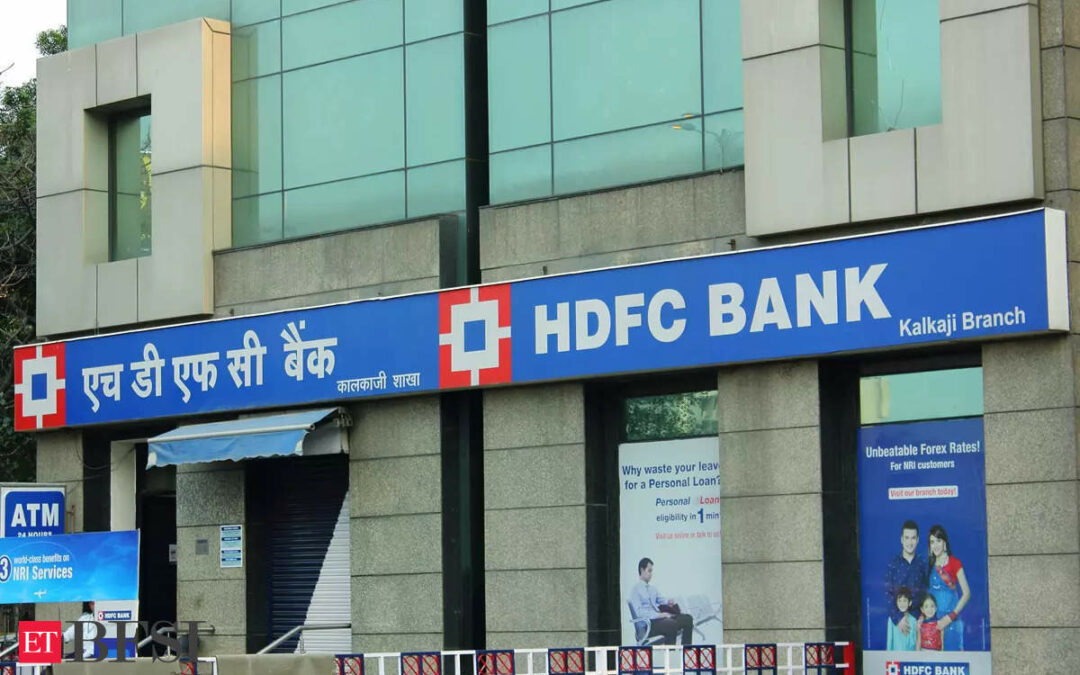The largest foreign direct investment (FDI) proposal in financial services in the country—involving the biggest banks in Japan and India by market capitalisation—is now dead.
The board of HDFC Bank on Wednesday rejected a proposed $2 billion purchase of a 20% stake in non-banking subsidiary HDB Financial Services by Japan’s Mitsubishi UFJ Financial Group (MUFG), the world’s second-largest bank holding company. Instead, the board endorsed a plan to proceed with HDB’s listing to comply with Reserve Bank of India (RBI) regulations, said HDFC Bank executives on condition of anonymity as the matter is confidential.
The decision to scrap the plan will cause dismay in Japan, said people with knowledge of the matter. The Japanese government had recently conveyed its backing for the deal to the Indian Prime Minister’s Office, external affairs minister S Jaishankar and even finance ministry officials.
It had been seen as a move to further consolidate the economic and strategic ties between two key members of the Quad, or the Quadrilateral Security Dialogue (QSD) bloc. It is expected that Japan will make clear its disappointment to the Indian government at the late volte-face, said the people cited above.
The move also reflected a divide within the private lender’s senior leadership, they said.
MUFG’s pre-IPO bet had valued the NBFC at $9 billion and would have unlocked value for parent HDFC Bank, which has been dealing with synergy issues following the merger with housing loan parent company HDFC Ltd. Apart from business synergies, it would have also set a valuation benchmark for the shadow bank. The Japanese financial giant was also set to become HDB’s co-promoter along with HDFC Bank. For MUFG, which owns a fifth of Wall Street investment bank Morgan Stanley since 2008, an alliance with HDB would have given it access to one of the fastest-growing economies. Sluggish growth in Japan has led some of its biggest lenders and financial services groups to seek inorganic growth opportunities across Asia.HDFC Bank owns 94.7% of the shadow bank and employees hold 5.3% as stock options.
MUFG and HDFC Bank didn’t respond to queries till the time of going to press.
HDB, which has been categorised as one of the 16 ‘upper-layer’ non-banking finance companies (NBFCs) by the central bank that are subject to greater regulatory scrutiny, has been preparing for a much-anticipated initial public offering (IPO). This is set for the last quarter of calendar 2024 or the first quarter of 2025 and will make it the first HDFC subsidiary to be listed after the merger. This is in line with RBI regulations that require it to list before September 2025.
Before the merger, HDFC Asset Management Co and HDFC Life, belonging to the erstwhile HDFC Ltd, were the last subsidiaries to be listed.
In July, the Indian lender’s board had approved an in-principle plan to initiate HDB’s public listing. The firm was originally slated for a stock market debut almost five years ago, then unsuccessfully sought to induct a strategic investor and had mandated Morgan Stanley to help find a partner.
“It was never an either-or… MUFG’s investment was expected to boost the IPO plans, shoring up pre-IPO capital,” said a banking sector analyst. “The stake sale to a marquee name would have also helped the parent with some liquidity.”
Last month, HDFC Bank managing director Sashidhar Jagdishan expressed disappointment over deposits in the quarter to June, a period when volatility in current account flows caught the bank off guard.
A non-deposit-taking lender and one of the larger players in the retail financing space, HDB Financial offers personal, business, home, auto loans and loans against property among others to 14.6 million customers through a network of 1,680 branches spread across 27 states and 4 union territories.
Multiple Stop-Starts
Negotiations between the two sides have been ongoing intermittently since late 2021 and had gathered momentum earlier this year. ET was the first to report on April 12 about MUFG firming up its plan. The decision was expected to get cleared by the board that month itself but got pushed to June and then to this week, said officials at the bank. The discussions were fronted by Jagdishan himself, meeting top MUFG executives who travelled to India multiple times, even as late as this month. A three-member strategic review panel, helmed by Keki Mistry, a non-executive HDFC director, and including independent directors Sandeep Parekh and MD Ranganathan, also reviewed the proposal. While some within the bank say they approved the commercial aspects of the MUFG proposal, others said they preferred the IPO route.
The board, according to a senior official, was kept in the dark about the negotiations. Some directors were of the view that listing would be the better alternative for price discovery. Moreover, with senior leaders at the bank holding shares in a subsidiary like HDB, a bilateral agreement preceding an IPO could have potentially been risky, according to them. However, others were of the view that MUFG’s entry would be a big positive as post-merger the combined HDFC Bank has been facing pressure on margins. The amalgamation with HDFC Ltd in July 2023 had brought in a much higher degree of debt in the liability mix. Mistry was unavailable for comment.
MUFG Group in India has already backed DMI Finance, another NBFC, since April 2023 and last week doubled down with an additional Rs 2,798 crore investment in it.
In the past five years, HDB’s portfolio has expanded at a CAGR of 8.4%. While the company’s portfolio remained range bound during Covid-19, when gross non-performing assets (NPAs) peaked at 7.75% on June 30, 2021, this rebounded in FY23.
Disbursements grew by 42% in FY23 from the year earlier. Backed by higher disbursements, assets under management (AUM) increased to Rs 83,989 crore as on December 31, 2023. Asset-backed loans (primarily vehicle loans) continued to account for a majority share of AUM at 43.9%, followed by mortgage-backed loans (loans against property) at 24%, as per a CARE Edge report in March. Higher disbursements and broadly range bound portfolio spreads also helped improve its NIM to 8.33%.











